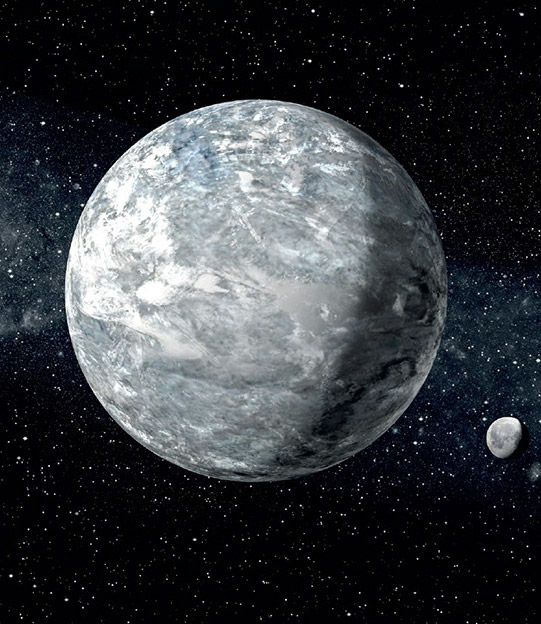Ice cores reveal that Earth has experienced ice ages roughly every 100,000 years over the last million years. However, these are minor compared to at least five longer periods of extensive cold conditions recorded in ancient rocks.
One of the most studied of these extended cold-climate episodes occurred during the Cryogenian period, beginning about 720 million years ago and lasting approximately 85 million years. During this time, Earth may have undergone some of the most severe ice ages in its history. Geologists studying characteristic glacial deposits across the globe have found evidence that glaciers extended from the poles to the equator during the Cryogenian. This led to the notion of a “Snowball Earth,” characterized by frozen oceans and snow-covered continents. Another such episode is hypothesized to have occurred in the late Archean, around 2.4 to 2.1 billion years ago, soon after the Great Oxidation event.
The reasons behind these drastic global temperature drops remain a topic of investigation. For the Archean glaciation, it’s hypothesized that the rising oxygen levels led to the breakdown of methane, a potent greenhouse gas, thereby cooling the atmosphere significantly. However, a consensus on the direct cause of the Cryogenian Snowball-Earth episodes is yet to be reached.
The recovery from these deep freezes likely involved the reaccumulation of atmospheric greenhouse gases, warming the planet again. Nevertheless, paleoclimatologists continue to explore the details of how Earth emerged from these profound ice ages, seeking to understand the intricate dynamics of our planet’s ancient climate system.

